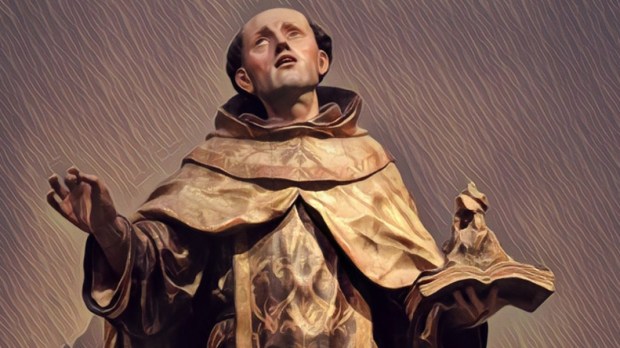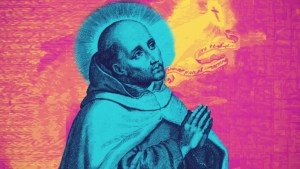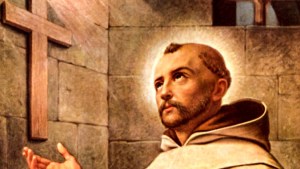St. John of the Cross, the famed 16th-century Spanish mystic, poet, and Carmelite friar, provides one of the most striking descriptions of the path of contemplation in the Christian tradition. His teachings illuminate a journey of radical surrender to God through what he calls “nothing” (nada) – a path that requires emptying oneself of attachments, desires, and even the need for spiritual experience. For John, contemplative life is not about seeing or understanding more; rather, it is about letting go.
In his famous work The Ascent of Mount Carmel, John describes this contemplative process as going from nada to nada, through nada – going from one’s own nothingness, to an absolute surrender to God’s will. The soul must pass through different stages of detachment, leaving behind everything that distracts from ultimate union with God.
As the inner life is freed from dependence on both earthly and spiritual consolations, it enters a “dark night” – a time when God is unseen and unfelt. Though challenging, this night is transformative, as it prepares the soul for a purity of love that cannot coexist with any particular desire –as it would distract the person from God.

The Carmelite saint teaches that by embracing this nothingness, we enter a space where God alone can dwell.
Unlike typical forms of prayer or devotion that involve specific images, feelings, or words, contemplation for John requires stepping beyond all that is created, finite, or familiar. The soul must be “empty” in order to receive the fullness of God. In his poetry, John compares this to an ascent of a mountain (Mount Carmel), where the soul sheds its many burdens to experience God as He truly is (as much as it is humanly possible), beyond the limitations of human perception or language.
This stripping allows the soul to rest in silence and absolute simplicity, awaiting God’s presence without seeking comfort. In this state, John describes the soul as “alone with the One.”
Such silence is not an emptiness to be feared; it is the sacred space in which God’s love dwells, transforming the soul from within.
For those who follow John’s path, contemplation means walking the narrow road of letting go in order to find God as He truly is. Through this mysterious path (where “nothing” leads to the fullness of divine union) the soul is finally consumed by love and reaches the summit of spiritual intimacy with God. In this union, there is no need for anything more, for God alone fills the soul.



